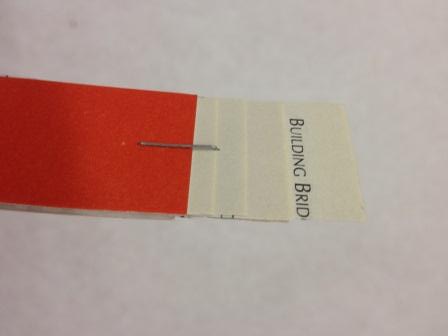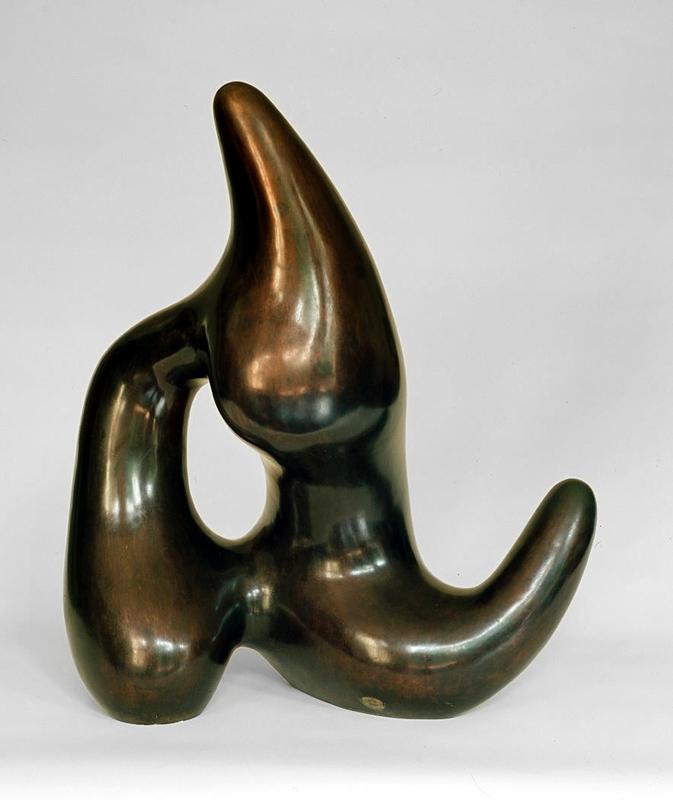
Jean Arp, Star in a Dream (Astre en Reve), 1958, Dallas Museum of Art, Foundation for the Arts Collection, gift of Mr. and Mrs. James H. Clark, (c) Artists Rights Society (ARS), New York/VG Bild-Kunst, Bonn
In talking with teens about what they’d like to do for upcoming classes, casting was a popular idea that I loved but had no idea how to execute. A metals casting class (see Star in a Dream, above) would be fantastic yet totally unfeasible, so I looked for alternative materials and methods that we could try. Over the past several months, I’ve been researching different techniques to meet the following needs: the project to be cost effective (i.e. cheap); the mold had to set within 45 minutes; the process had to be uncomplicated; and the results had to be pretty cool.
I finally settled on a pretty easy way of making silicone molds from inexpensive, household materials. There are many great online tutorials on how to do this, but I chose to adapt this one. Unfortunately, this silicone mold isn’t pourable, but it sets fast and is really easy to make. Alternatively, you could easily use a self-setting rubber medium like Sugru to make the mold if you’re not concerned about set time. I’m using Mod Melts as the casting material for this project to make things easier, but you could experiment with other things like resin, etc. As with any project, make sure your work area is well-ventilated and observe the safety precautions on the material labels.
What you need (this should yield 1-2 small, 2″-4″ castings):
- Tube of 100% silicone caulk and caulk gun (VERY important that it’s 100% silicone)
- Cornstarch
- Latex gloves
- Styrofoam cup
- Disposable plastic tray
- Non-stick cooking spray
- Mod Melts and hot glue gun
- A small object to mold (you could make your own using modelling clay, etc.) that will fit into the Styrofoam cup
Step 1:
Don your gloves and pour a generous amount of cornstarch along the bottom of your plastic tray. Cut the tip off of the tube of caulk and load it into the caulk gun.
Step 2:
Squeeze the entire tube of caulk into the tray full of cornstarch. Begin incorporating the cornstarch into the caulk until it starts to form a loose ball. I used two pieces of scrap cardboard to toss everything together until it became a paste, then used my hands. Add more cornstarch as needed. I ended up using about 12 oz. of cornstarch.
Step 3:
Continue kneading cornstarch into the silicone ball until it reaches a putty-like consistency and is no longer sticky to the touch.
Step 4:
Press the silicone firmly around your object to make your mold. For best results, use an object with a simple shape that doesn’t have a lot of holes where the silicone could get trapped. Press the mold with the object inside into the Styrofoam cup and leave it to set. (Notice that I’ve left a small hole at the top of the mold where I will pour in the Mod Melts.) I had enough material to cast my object and to make a small, secondary mold.
Step 5:
Check the mold after about 45 minutes–if it has completely set, you should be able to slide it out of the cup. Gently remove the object, taking care not to tear the mold. (You may need to carefully cut the silicone to make a two-part mold in order to do this.) You can see in my bigger mold some sections where I ran into trouble with air bubbles. To avoid that next time, I will have to press more firmly into those sections and give my mold a little more time to set.
Step 6:
Spray the inside of your mold with non-stick spray (optional) and put it back in the Styrofoam cup. Heat your glue gun and load it with the Mod Podge Melts. For the sake of time, I will only cast the smaller mold that I made but I’ll post images of the larger cast on our Flickr page!
Step 7:
When hot, squeeze the Mod Melts into the mold. Once you’ve filled it, give the mold a gentle tap to help any air bubbles settle. Leave it to set.
Once your casting is cool, take it out of the mold. Your results may vary, but don’t worry–if the mold is still intact, you could reuse it to make another casting. And the nice thing about Mod Melts is that afterwards, you can paint your project or draw on it with Sharpie markers, etc.
If you know of an interested teen, have them check out our March Urban Armor workshop–we’ll be doing a similar activity but casting in plastic!
Make and be happy!
JC Bigornia
C3 Program Coordinator




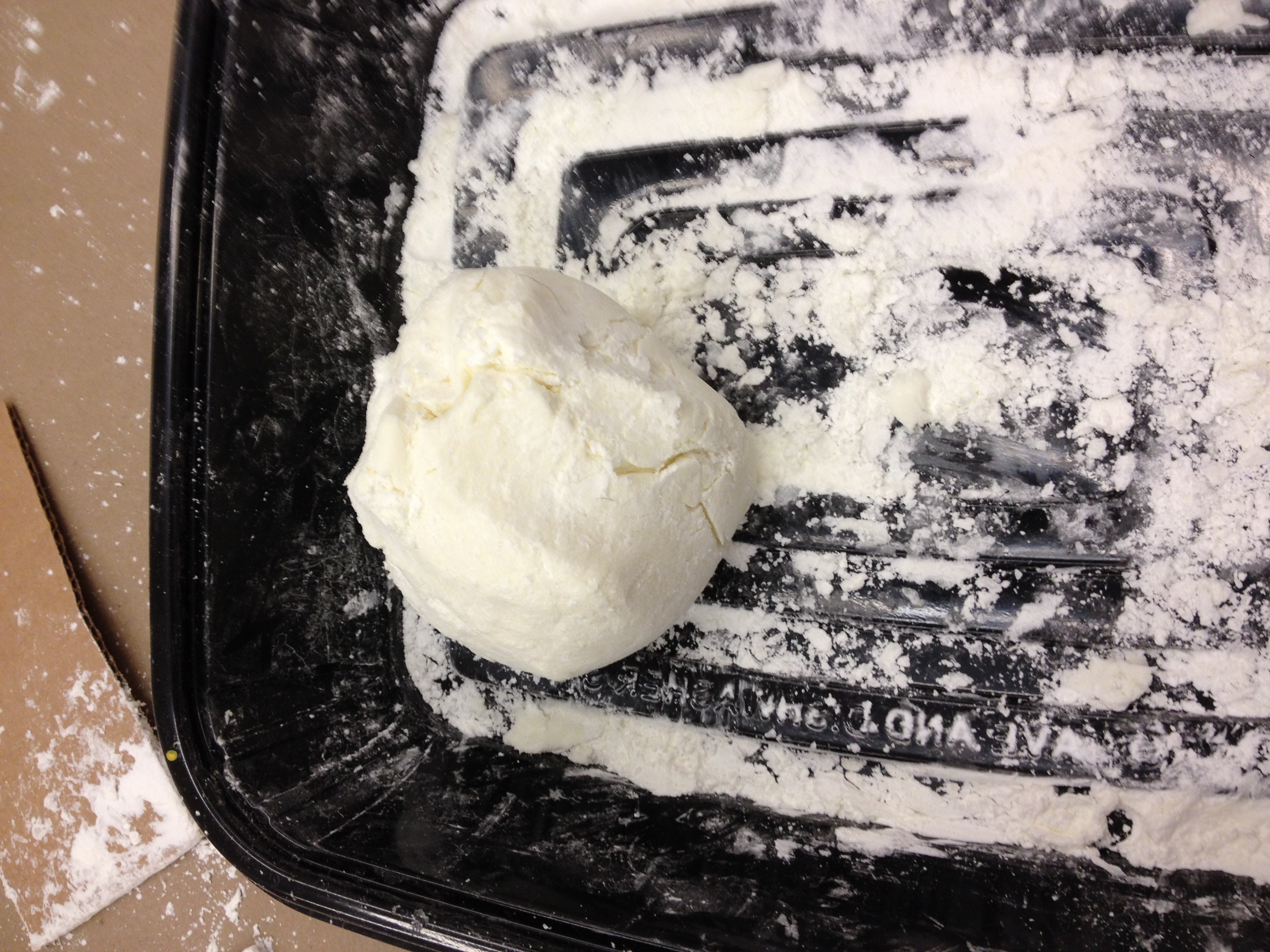









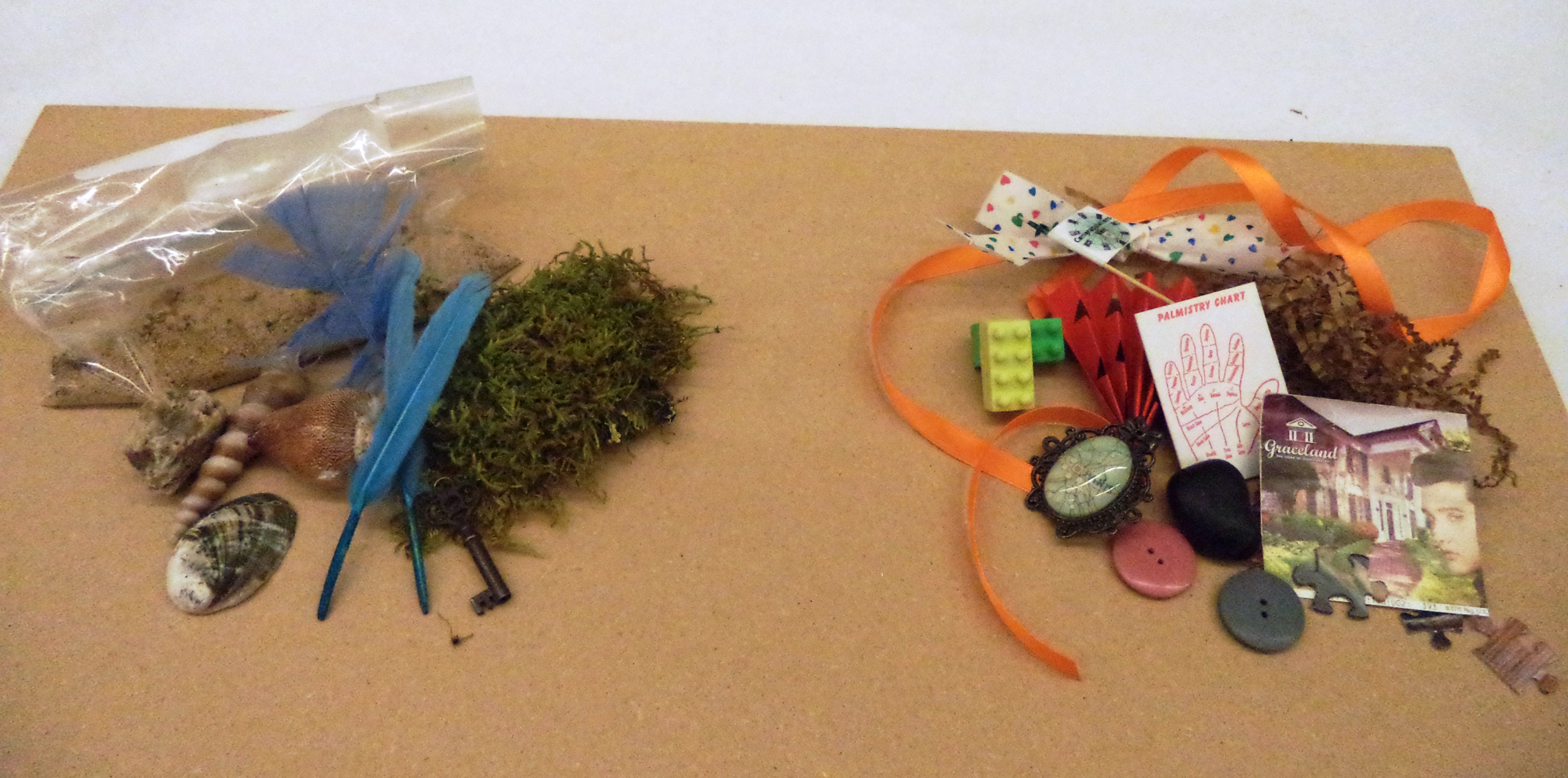





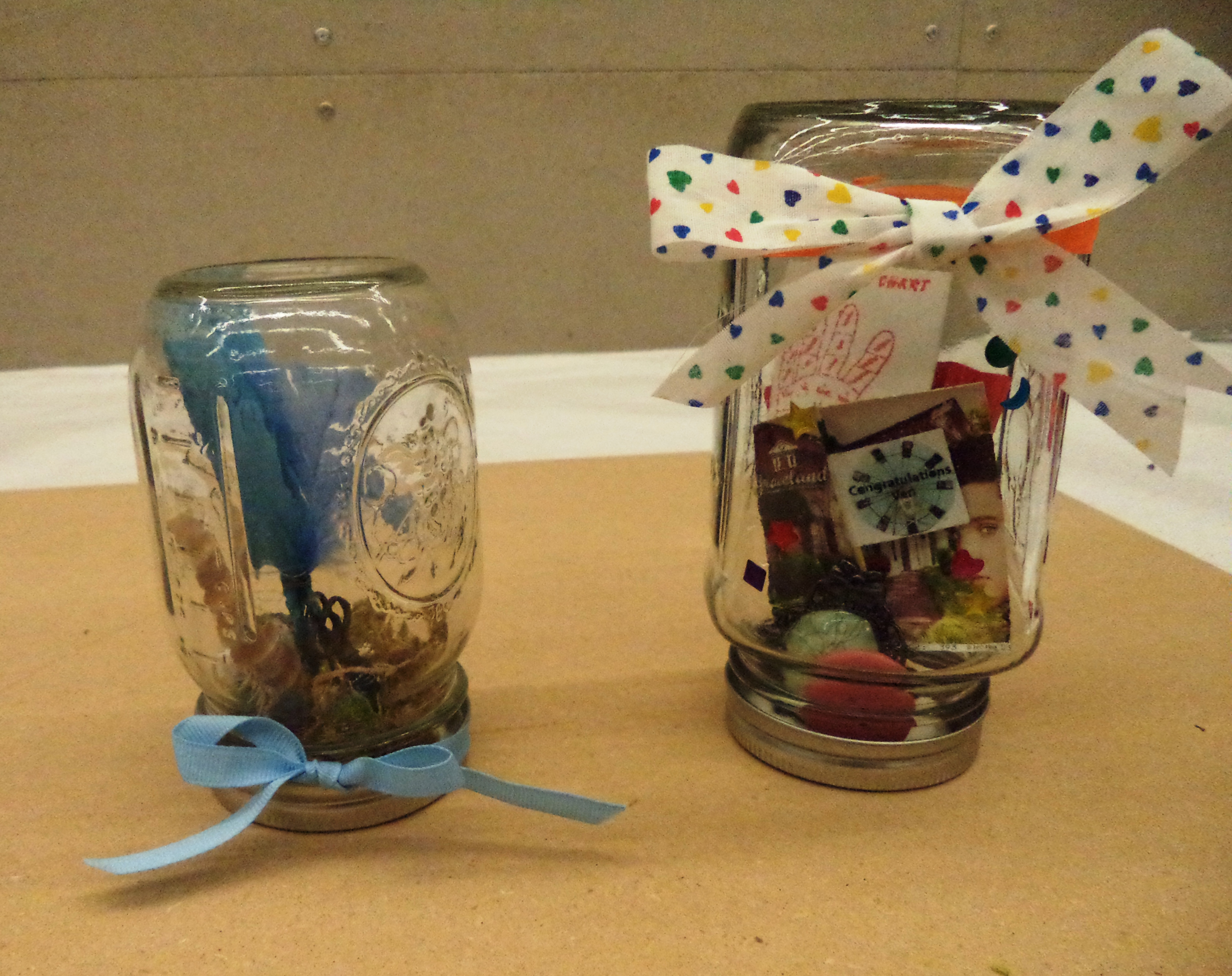





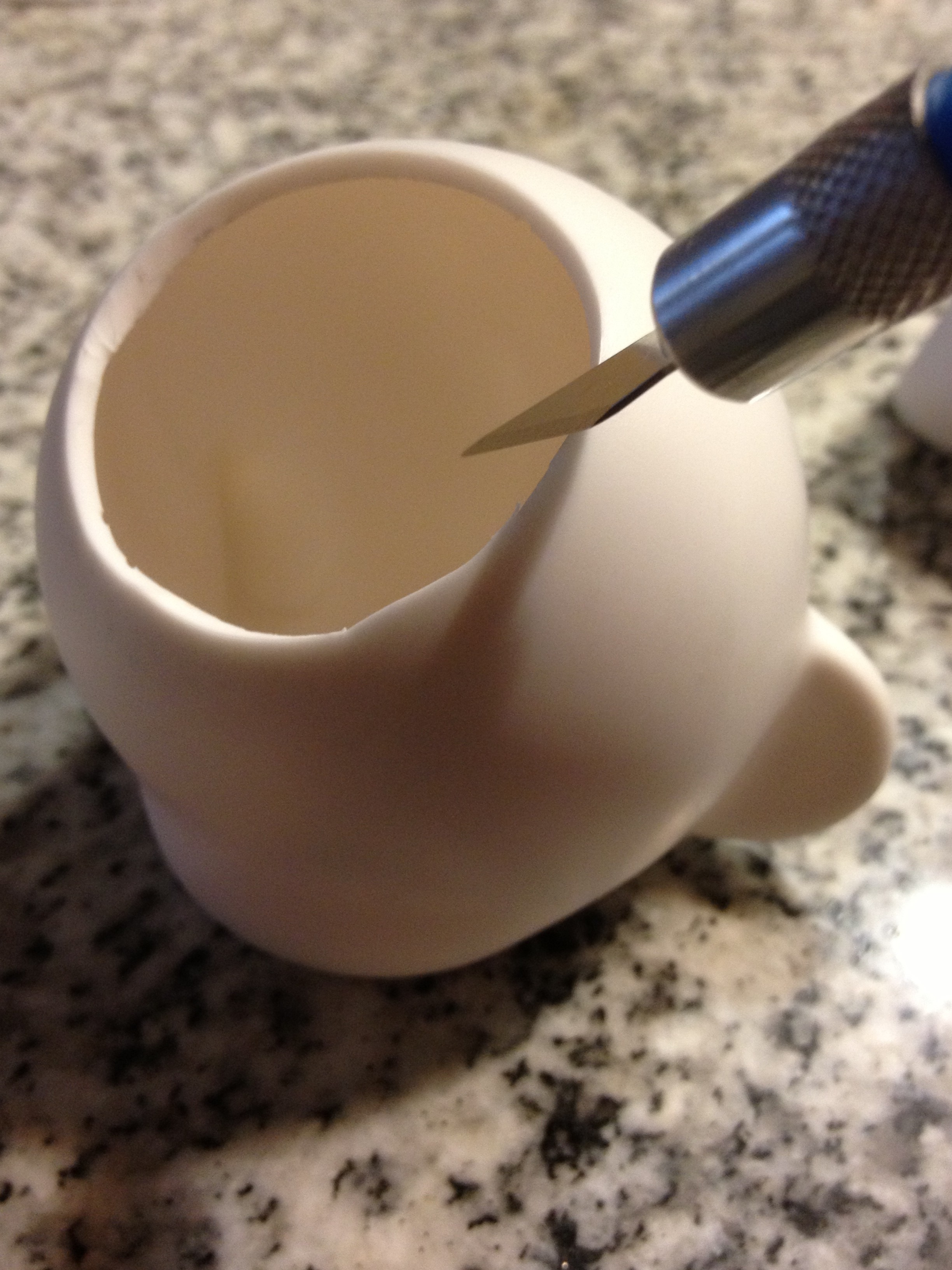







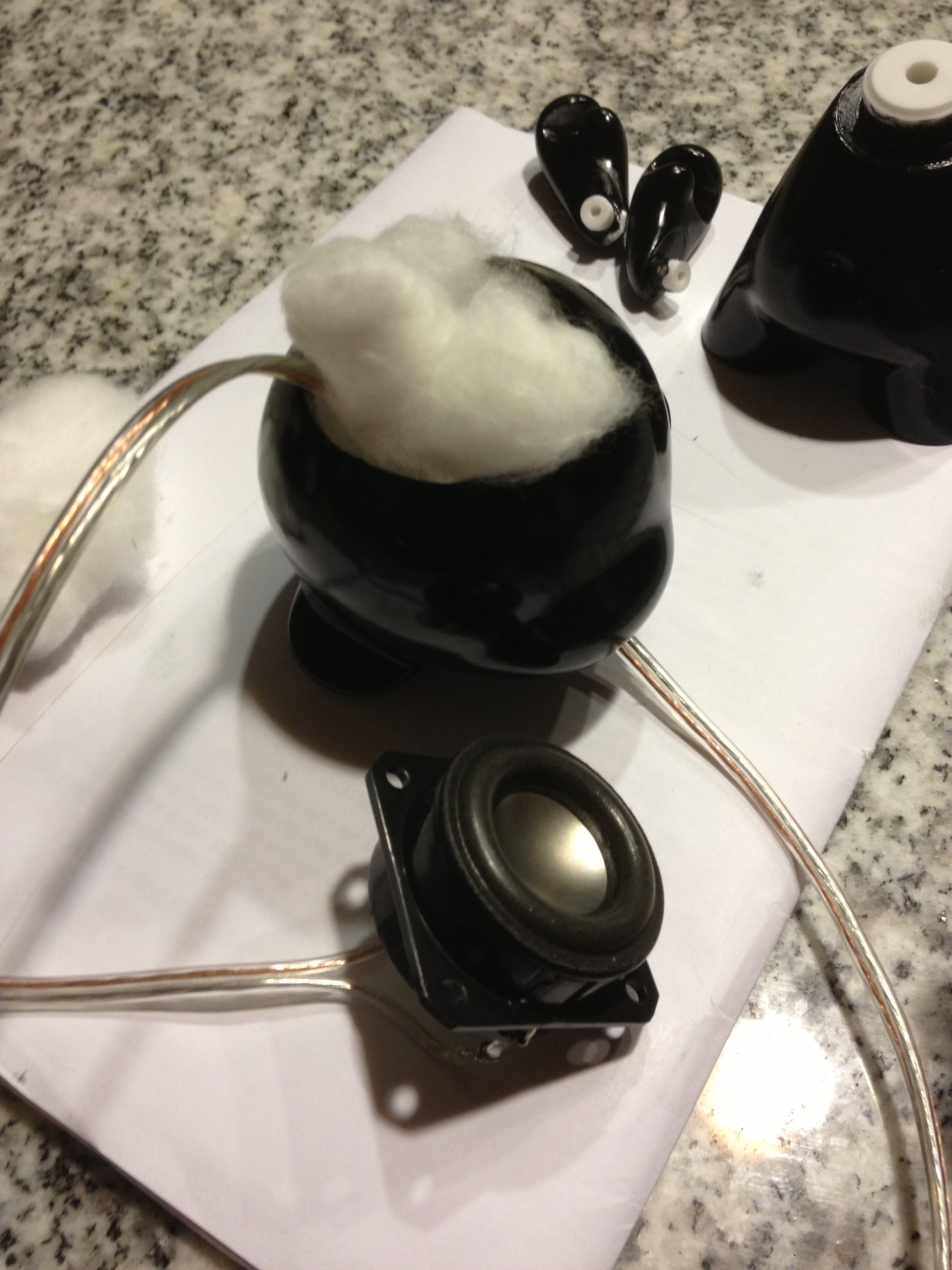







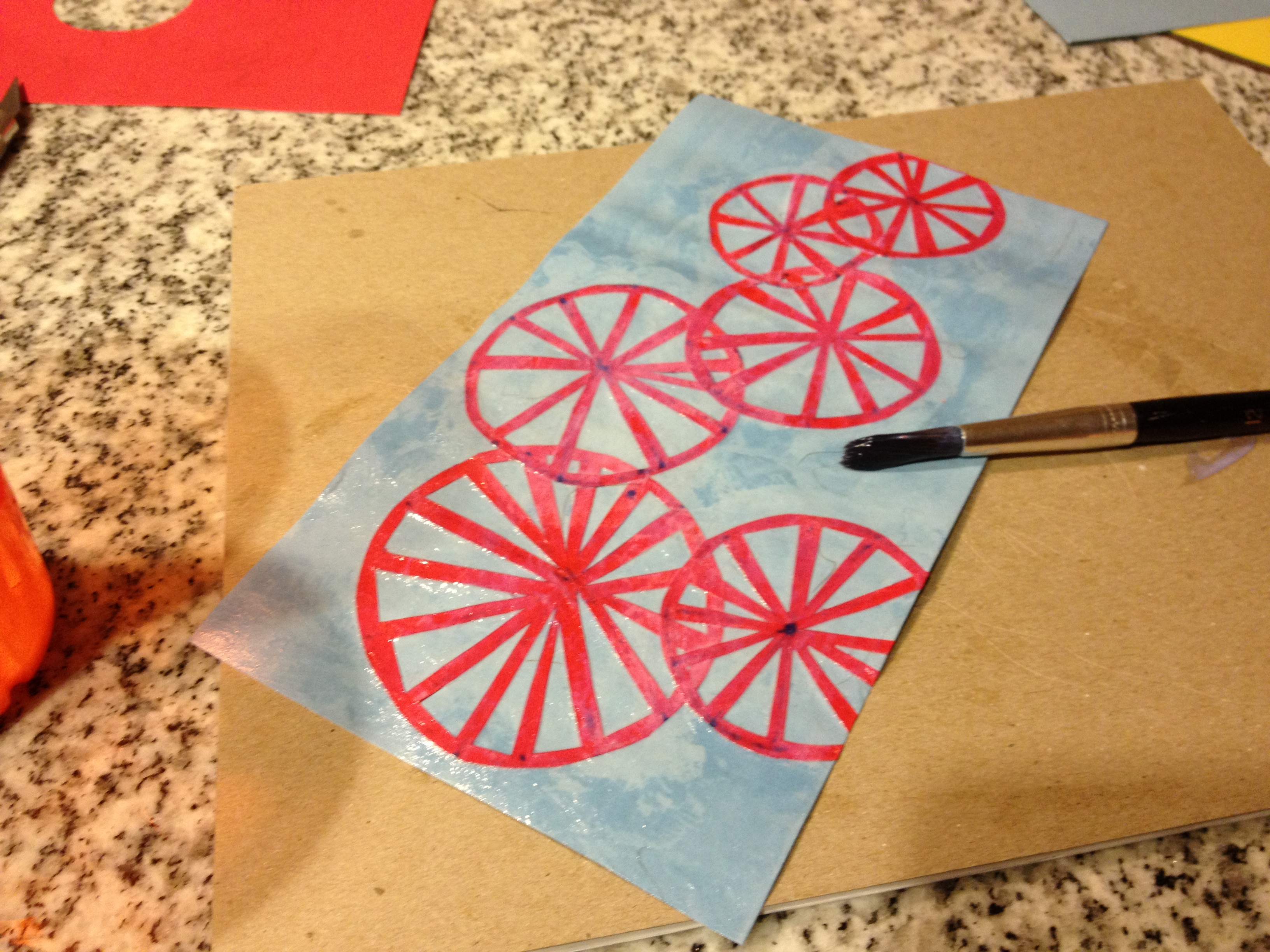



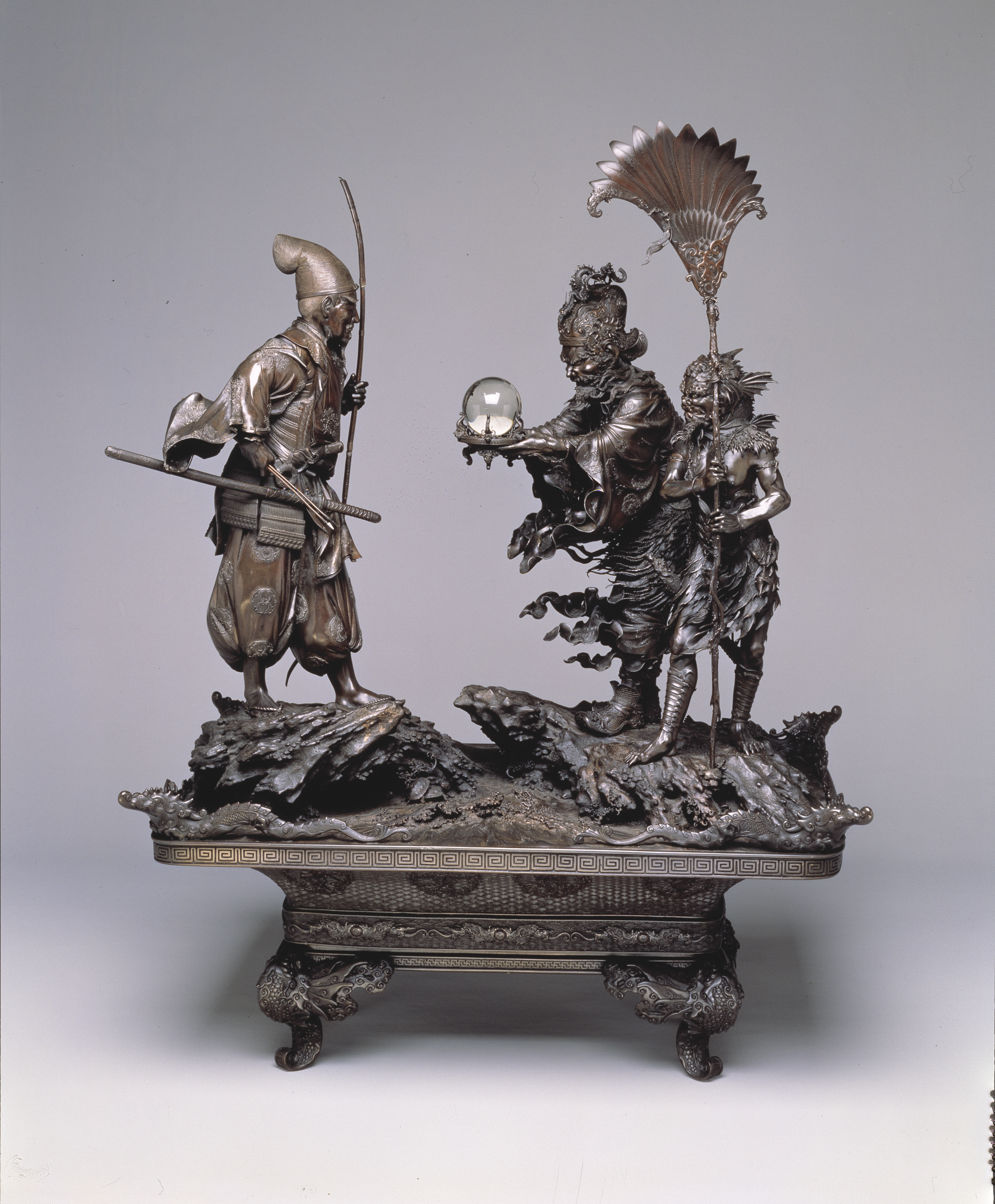

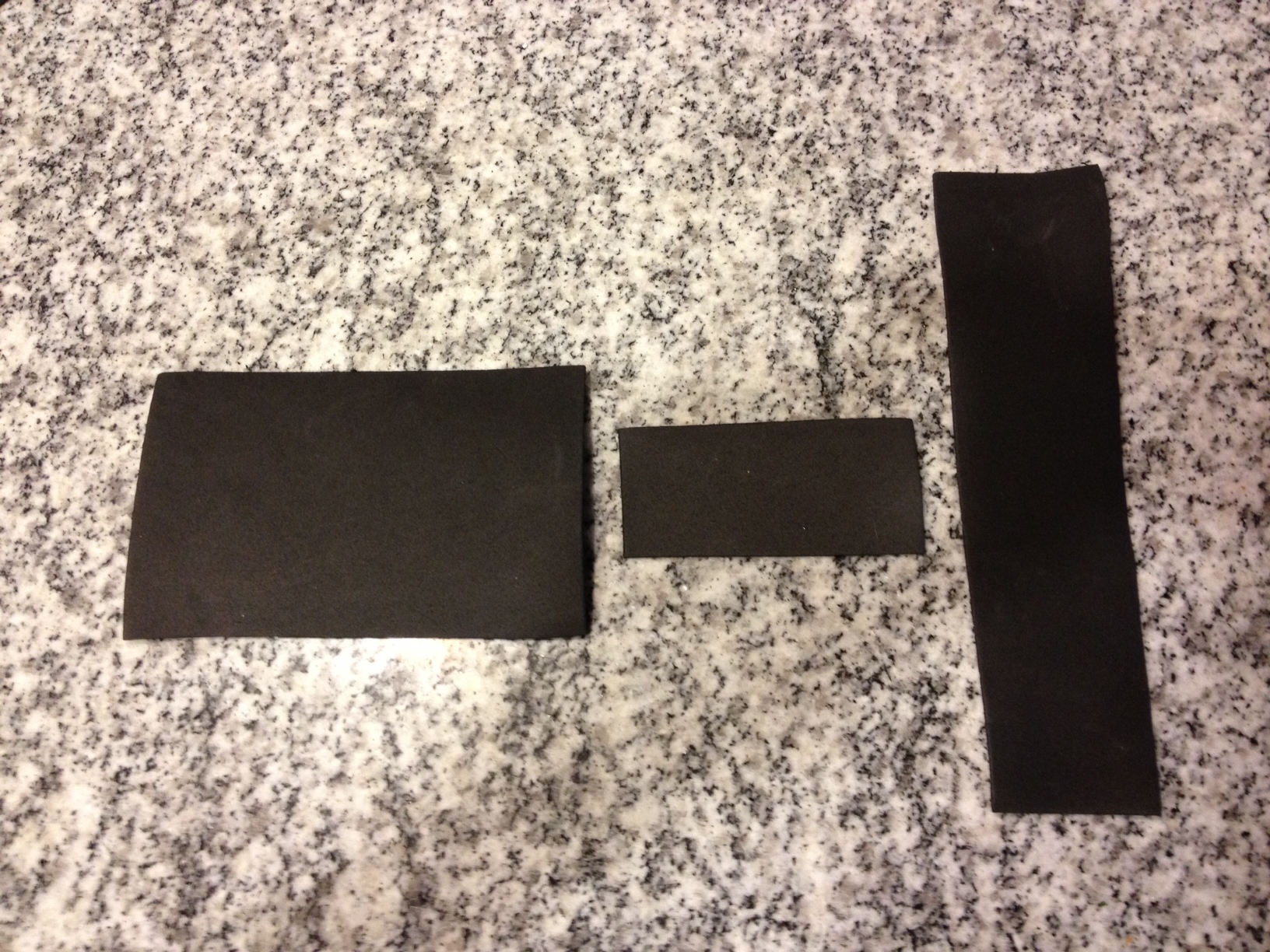















![IMG_0449[1]](https://blog.dma.org/wp-content/uploads/2013/02/img_04491.jpg?w=600)
![IMG_0450[1]](https://blog.dma.org/wp-content/uploads/2013/02/img_04501.jpg?w=600)
![IMG_0451[1]](https://blog.dma.org/wp-content/uploads/2013/02/img_04511.jpg?w=600)
![IMG_0453[1]](https://blog.dma.org/wp-content/uploads/2013/02/img_04531.jpg?w=600)
![IMG_0455[1]](https://blog.dma.org/wp-content/uploads/2013/02/img_04551.jpg?w=600)
![IMG_0458[1]](https://blog.dma.org/wp-content/uploads/2013/02/img_04581.jpg?w=600)
![IMG_0459[1]](https://blog.dma.org/wp-content/uploads/2013/02/img_04591.jpg?w=600)
![IMG_0460[1]](https://blog.dma.org/wp-content/uploads/2013/02/img_04601.jpg?w=450)


